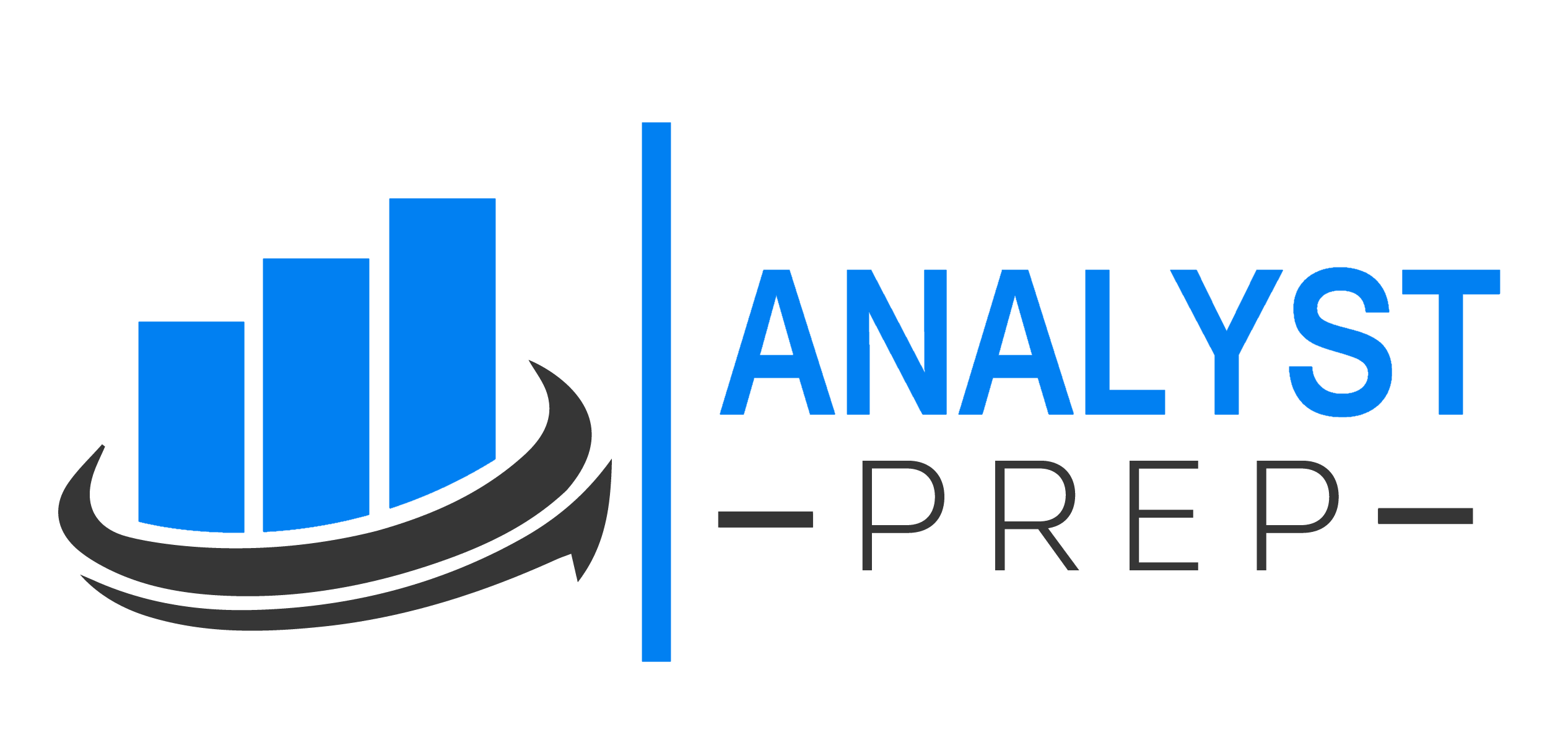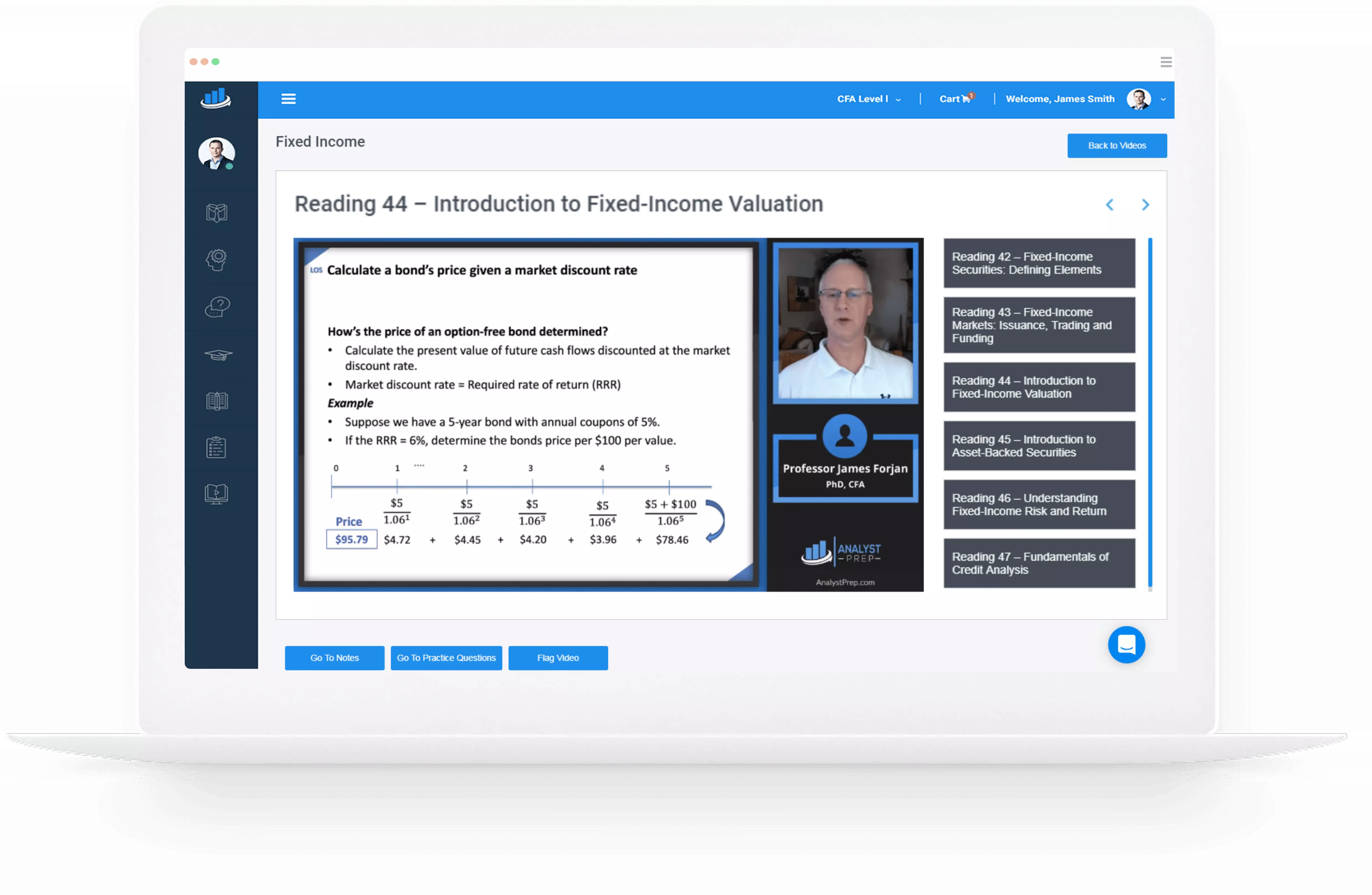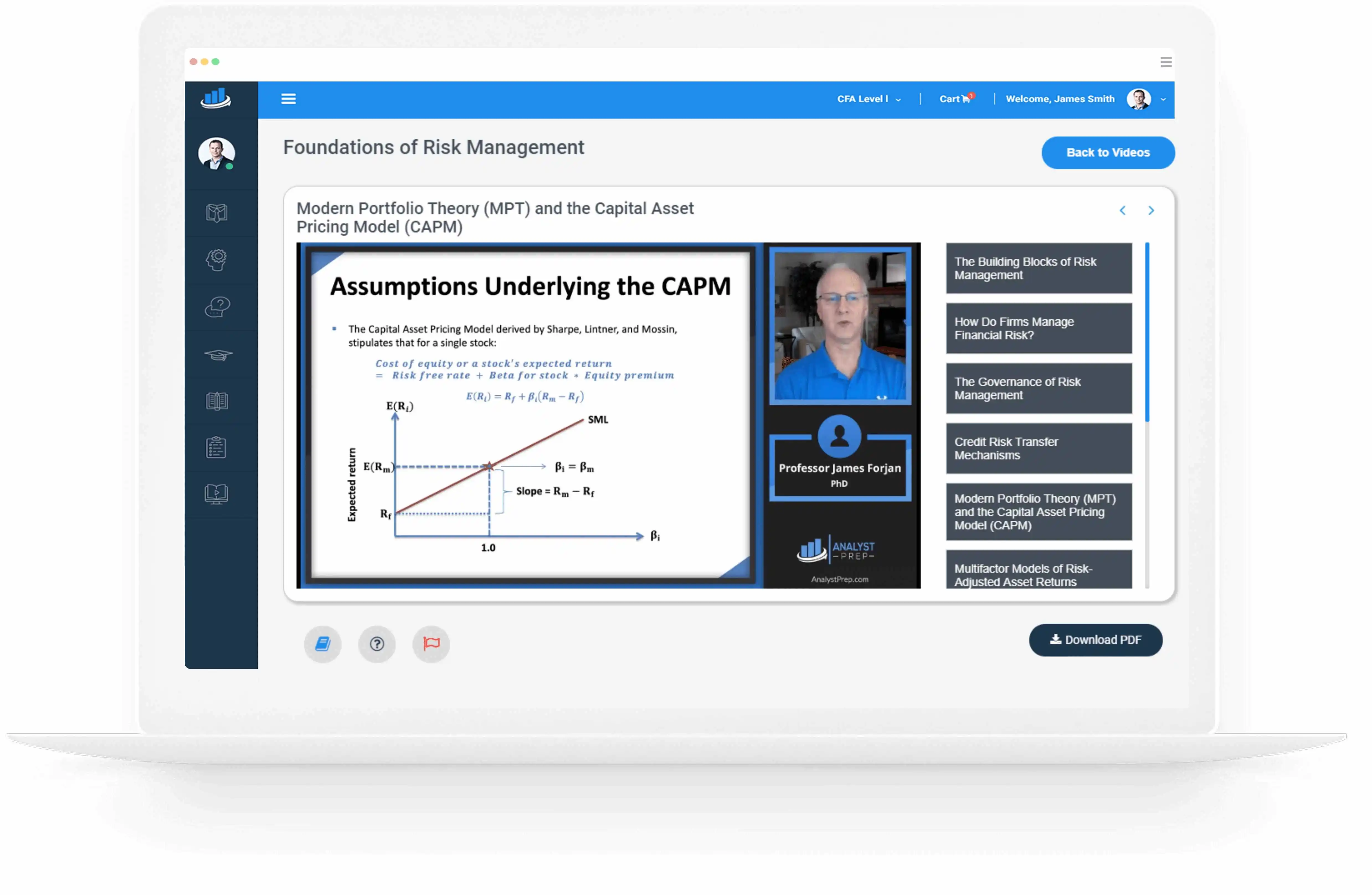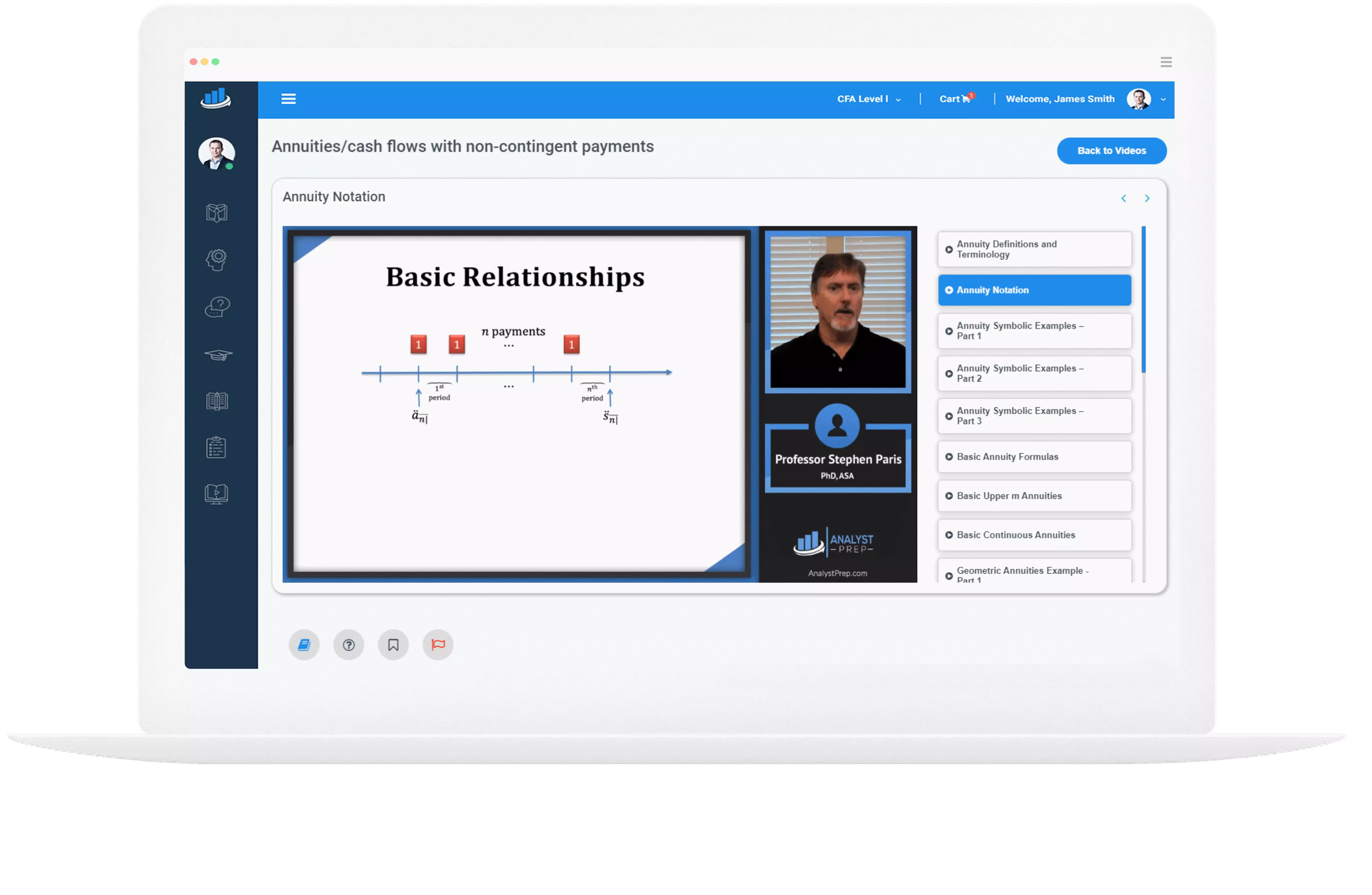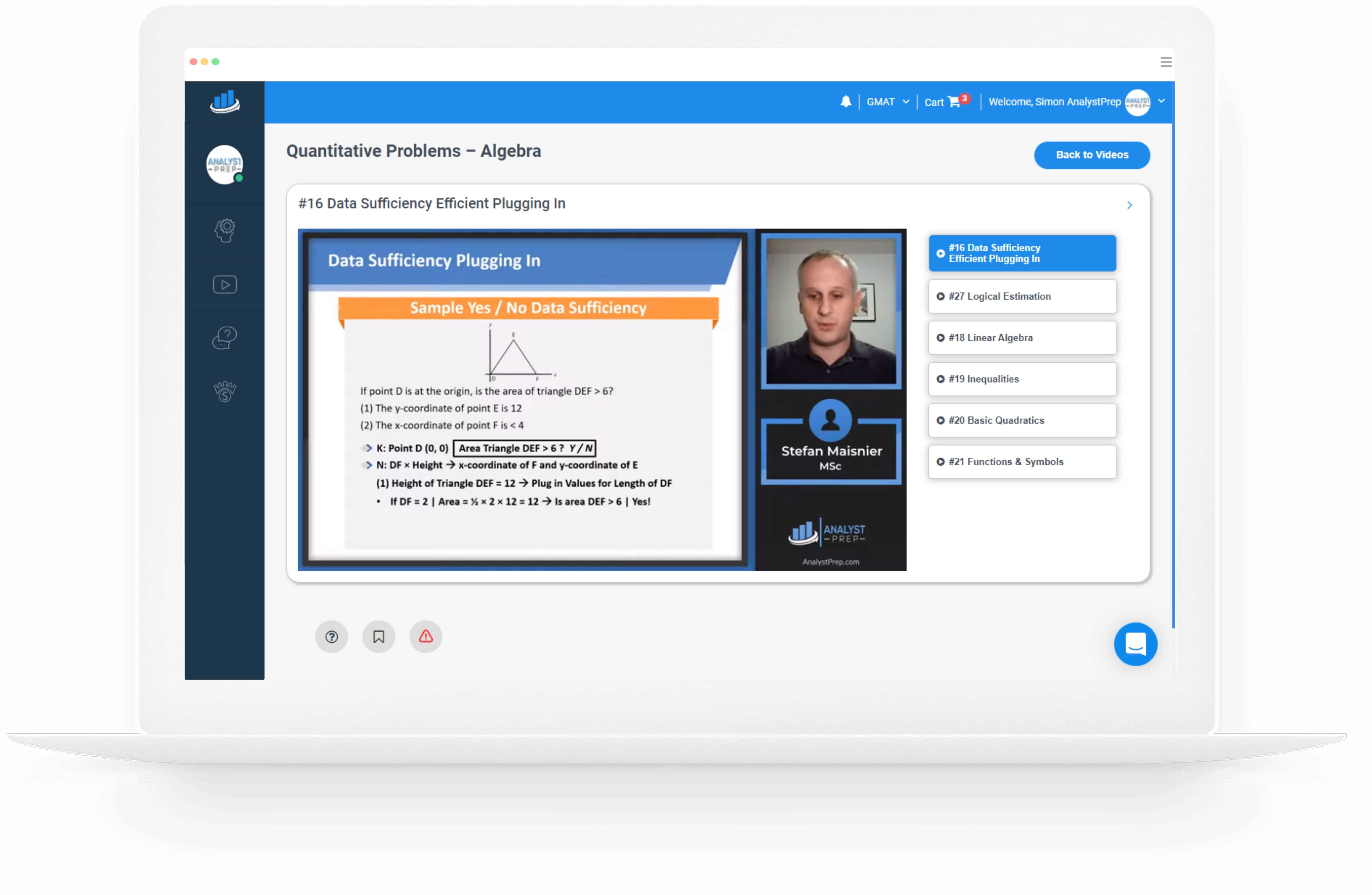Participants in Commodity Future Markets
Public commodity markets are controlled as a central exchange where members trade standardized contracts to make and take delivery at a specified place at a specified future timeframe (futures markets). Commodity Hedgers They’re knowledgeable market participants, though they may not…
Valuation of Commodities in Contrast to Equities and Bonds
We can use the following modes of valuation to compare commodities and equities. Nature of Asset Commodities are mostly physical or tangible assets, e.g., a lump of gold, a pile of corn, etc., except for some energy commodities, e.g., electricity….
Commodity Life Cycles
The life cycle of commodities differs significantly depending on the economic, technical, and structural (i.e., industry, value chain) profile of each commodity and the sector. The commodity life cycle has an impact on the following aspects: It reflects and magnifies…
Characteristics of Commodity Sectors
The recommended approach for segmenting the various asset classes is by Thomson Reuters/Core Commodity CRB Index developed by the well-recognized Commodities Research Bureau as follows: Energy Crude Oil Crude oil (or petroleum) is a flammable fluid produced by huge quantities…
Calculation of Management Fees, Carried Interest, NAV, DPI, RVPI, and TVPI
Example: Calculating Management Fees, Carried Interest, NAV, DPI, RVPI, and TVPI Calculation Consider the following information: Management fee: 2% Carried interest: 20% Committed capital: 200 The first total return method is applied. All amounts are given in $ millions. Calculate:…
Performance Evaluation of a PE Fund
Analysis of IRR The IRR, a cash-flow-weighted rate of return, is considered the most suitable measure of private equity performance by the Global Investment Performance Standards (GIPS), Venture Capital and Private Equity Valuation Principles, and other venture capital and private…
Private Equity Fund Structures, Terms, Valuation, and Due Diligence
Private Equity Fund Structures Limited Partnerships This is the most common form of ownership structure for private equity funds. In this scenario, the limited partners (LPs) offer funding but do not actively manage the investments. The partners’ liability is typically…
Risks and Costs of Investing in Private Equity
Private equity fund investment is guided by restrictions driven by the high levels of risks experienced in private equity investment. Such an investment is generally subject to disclosure in the private equity fund prospectus. The risks may be categorized as:…
Alternative Exit Routes in Private Equity
An investment exit option is a fundamental consideration for most investors in private equity firms. It helps them factor their assessment of the exit outcome into their analysis of target and expected internal rate of return. Initial Public Offering (IPO)…
LBO Method and VC Method
A buyout occurs when a buyer acquires a controlling stake in the equity capital from a target company’s seller in a private equity transaction. Using borrowed funds to finance a significant portion of the acquisition price is a leveraged buyout….
